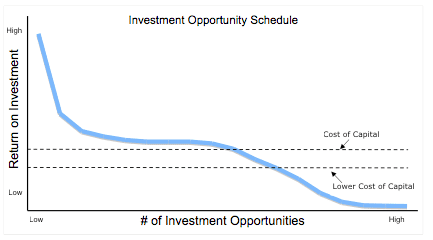Stock Pick of the Week: Sell/Short BJ’S Restaurants (BJRI)- Very Dangerous Rating
Red flags:
1. Misleading earnings: BJRI reported a $3mm increase in GAAP earnings while our model shows economic earnings declined by $2mm (a difference of $5mm or nearly 40% of reported net income) during the last fiscal year.
2. Very dangerous valuation: stock price of $34 implies BJRI must grow its NOPAT at over 20% compounded annually for 15 years. A 15-year growth appreciation period with a 20%+ compounding growth rate sets expectations for future cash flow performance quite high. Historical growth rates are much lower.
3. Free cash flow was -$83mm or -11% of the company’s enterprise value last year.
4. Off-balance sheet debt of $265mm: 79% of net assets and 25% of market value.
5. Outstanding stock option liability of $44mm or 5% of current market value.
David Trainer, Founder & CEO



